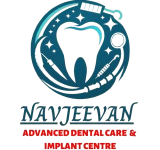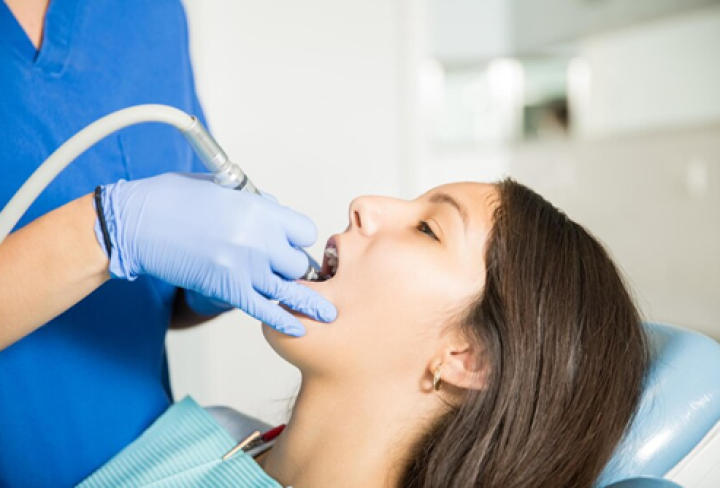Wisdom tooth extraction, a common dental procedure many individuals undergo to alleviate pain, prevent complications, and maintain oral health. These third molars, also known as wisdom teeth, often emerge during the late teens or early twenties and can cause various dental problems due to their misalignment or lack of space in the jaw. This article will delve into the procedure, recovery process, and essential aftercare for wisdom tooth extraction.
The Procedure
A qualified oral surgeon or dentist typically performs the wisdom tooth extraction procedure. The process involves the following steps:
- Initial Examination: The dentist examines the patient’s mouth using X-rays to assess the position of the wisdom teeth and determine if the extraction is necessary.
- Anesthesia: Before the extraction, local or general anesthesia is administered to ensure the patient’s comfort and minimize pain during the procedure.
- Incision and Removal: If the wisdom tooth is impacted or embedded in the jawbone, the dentist makes an incision to access the tooth. The tooth may be divided into smaller sections for easier removal. Once accessible, the dentist carefully removes the tooth.
- Stitching: In some cases, stitches are required to close the incision site properly.
- Gauze Placement: Gauze is placed over the extraction site to control bleeding and promote clot formation.
Recovery Process
After the procedure, a proper recovery period is essential to avoid complications. Here’s what to expect during the recovery process:
- Initial Discomfort: It’s normal to experience swelling, pain, and mild bleeding immediately after the extraction. Pain medications prescribed by the dentist can help manage discomfort.
- Rest and Healing: Resting is recommended for the first day after the extraction. Applying an ice pack to the cheek helps reduce swelling. Healing time varies from a few days to a couple of weeks.
- Diet Modifications: Soft foods are advised during the initial days to avoid putting pressure on the extraction site. Avoiding hot, spicy, and hard foods is crucial.
- Oral Hygiene: Brushing your teeth and tongue while avoiding the extraction site is essential. Using a saline solution rinse can aid in keeping the area clean.
Post-Extraction Care
Proper care after the extraction can significantly impact the healing process. Follow these guidelines
- Medication Adherence: Take prescribed pain medications and antibiotics as your dentist directs.
- Swelling Management: Apply ice packs in intervals to the affected area to minimize swelling.
- Diet Choices: Stick to soft foods like yogurt, mashed potatoes, and smoothies during the initial days. Avoid straw usage as suction can dislodge blood clots.
- Oral Hygiene: To prevent infection, clean your mouth, avoiding the extraction site. After the first day, rinse your mouth with warm saltwater several times daily.
- Physical Activity: Avoid strenuous physical activity for a few days to prevent bleeding and discomfort.
- Follow-Up: Attend any scheduled follow-up appointments with your dentist to monitor the healing progress.
Wisdom tooth extraction is a routine dental procedure that can prevent oral health issues and alleviate pain. Individuals can ensure a smoother recovery process and maintain optimal oral health by understanding the system, adhering to proper aftercare, and seeking timely professional guidance.
SEO Keywords
- Wisdom tooth extraction
- Dental procedure for wisdom teeth
- Wisdom tooth removal process
- Oral health care after extraction
- Pain management during recovery
- Swelling reduction techniques
- Dental hygiene after extraction
- Recovery tips after tooth removal
- Complications of wisdom tooth
- Follow-up appointments post extraction


